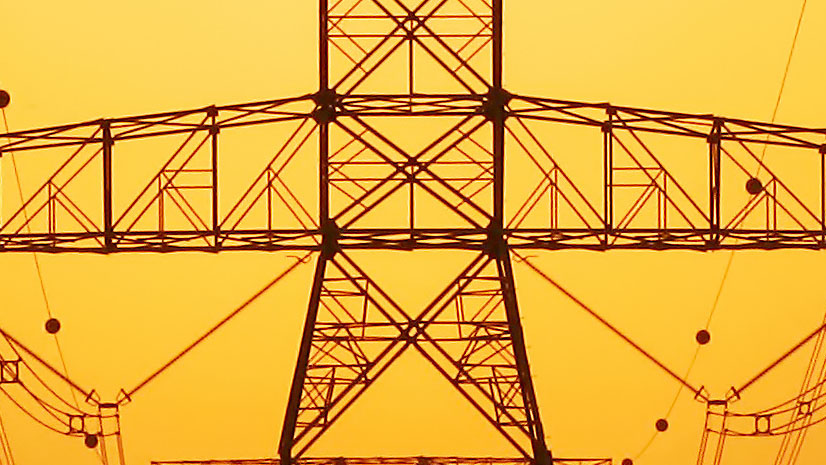Author of four books: GIS for Enhanced Electric Utility Performance, Modeling Electric Distribution with GIS, Empowering Electric and Gas Utilities with GIS and Power System Analysis by Digital Computer, he is a sought-after speaker and thought leader. His blogs have been widely read. He has lectured extensively and taught courses at Northeastern University and the University of Massachusetts. Bill holds a B.S. in Electrical Engineering from Northeastern University and an M.S. in Electric Power Engineering from Rensselaer Polytechnic Institute. Prior to joining Esri, Bill was the vice president of electric operations for a major electric and gas utility. Bill is a registered engineer in the Commonwealth of Massachusetts. He currently is the Director of Electric Utility Solutions at Esri, the world's largest GIS company.





